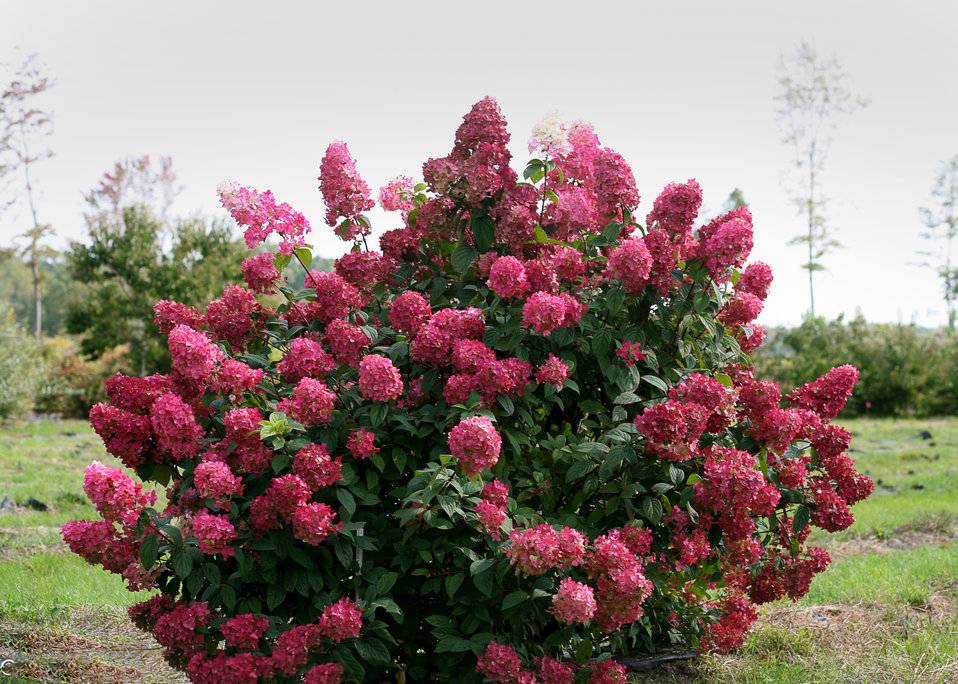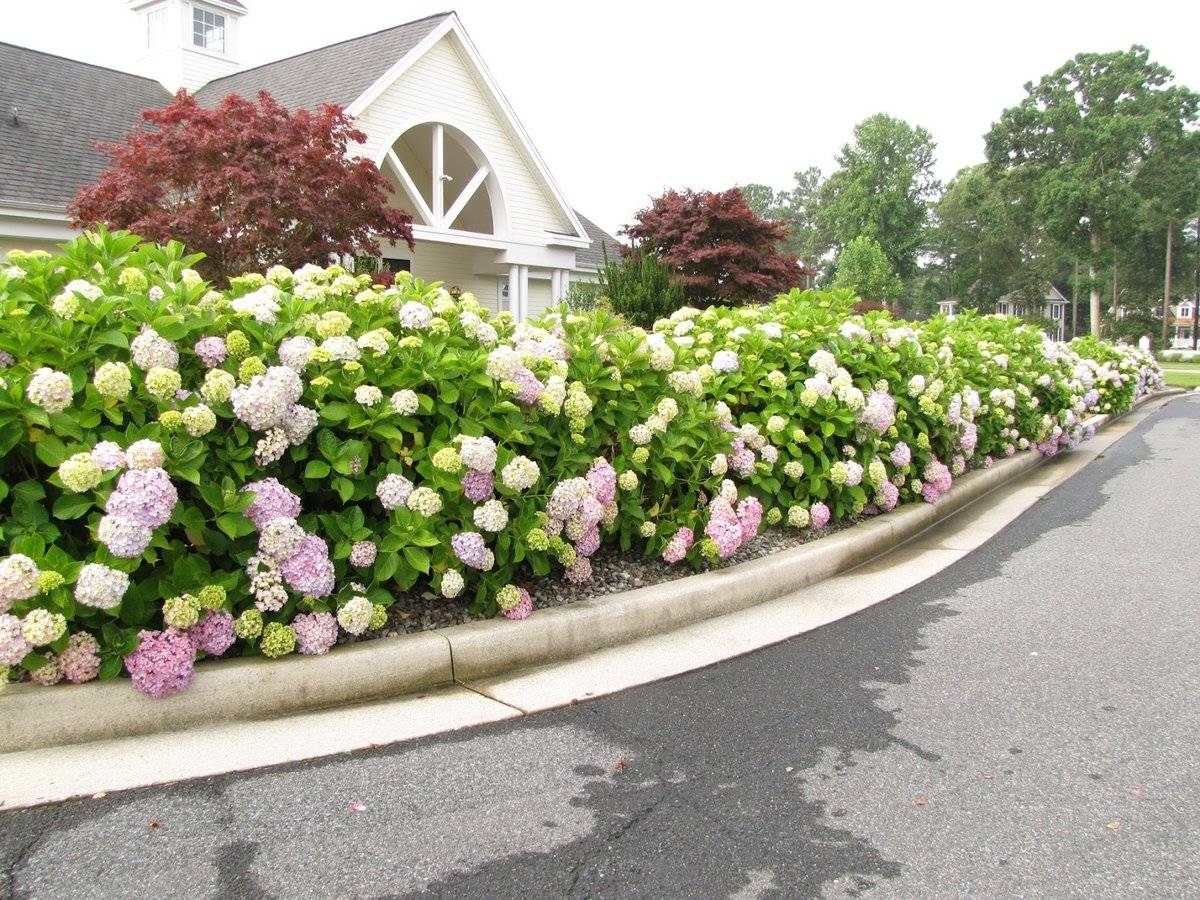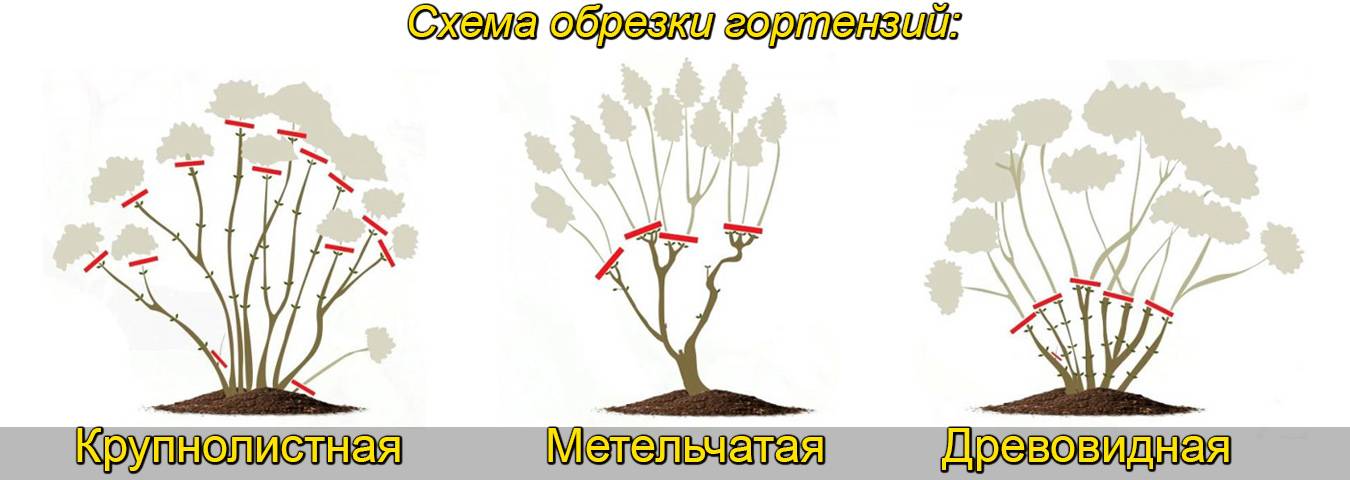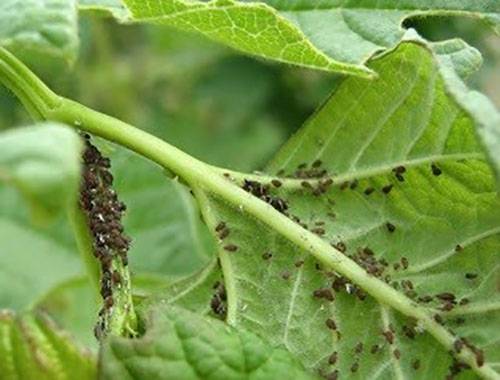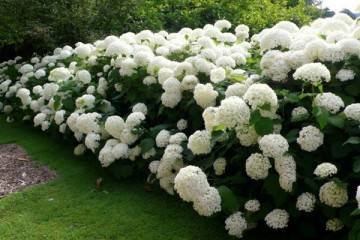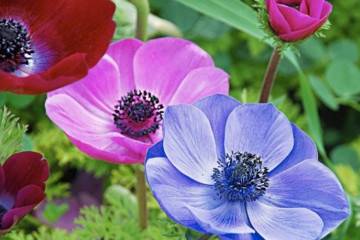Hydrangea Magic Fire - description and cultivation of the variety in the open field
Content:
Hydrangea Magical Fire is one of the most interesting varieties of this type of plant, which is perfect for decorating flower beds and personal plots. The attractive pyramidal inflorescences of pinkish-reddish hydrangea are eye-catching. In addition, the unpretentiousness of the bush will not create much trouble for the owners.
Description of hydrangea Magic Fire
Hydrangea Magic Fire belongs to the genus Hydrangea Paniculata, that is, to the Panicle hydrangea. The variety forms a bush with a fairly spreading crown. As a result, the appearance of the plant takes on a domed shape with inflorescences over the entire surface area, which only adds decorative effect. The height of the shrub reaches 2 m under favorable growing conditions.
When describing hydrangea, it is worth noting that small flowers are collected in conical inflorescences up to 0.2 m long.
Interestingly, at the beginning of flowering, the petals are white and only then acquire a pink tone, turning into a purple-red color at a later stage.
The flowering process is long. From mid-summer to September, inclusive, the Magic Fire hydrangea will delight its owners with its attractive appearance.
An adult bush, in the cold season, will not cause trouble during wintering, since the plant has excellent winter hardiness. At the same time, a young plant, under the age of three years, will need more careful care during the winter period.
Landing in open ground
The plant is most often planted directly in open ground. But for quick rooting and an attractive appearance, during the growing season, it is necessary to provide him with the right conditions and care.
Which place to choose
In order for the panicle hydrangea Magical Fire to feel as comfortable as possible in a permanent place of growth, it needs to select a site that meets the requirements. It should be understood that the root system of the bush is branched, more often than the crown in diameter. Therefore, the plant will react unfavorably to the neighborhood of large trees, whose roots may interfere with its growth.
In addition, you need to look closely at the quality of the soil. In alkaline and slightly alkaline soils, hydrangeas will not bloom or will slowly die. Whereas a site with a predominance of acidic and slightly acidic loams will be an ideal solution.
From the point of view of the amount of light, it is worth pointing out that the plant is photophilous, but at the same time it does not tolerate prolonged exposure to direct sunlight. It is desirable that she has a light partial shade or openwork shadow.
But the bush is immune to air pollution. It does not lose its attractiveness even with heavy traffic in close proximity to it. It is for this reason that the Magic Fire hydrangea is often planted along the fences from the outside or along the front facade along the roads.
When to plant
The best period for planting a plant is early spring. But by this time, the threat of recurrent night frosts must have passed.A plant planted during this period will have time to take root and gain strength before its first wintering.
Disembarkation Algorithm
In order for the Magic Fire hydrangea to take root as quickly as possible and undergo planting without stress, you must perform the following steps step by step:
- The seedling is carefully removed from the container, while the earthen ball is not shaken off.
- Dig a hole of a suitable size and place the bush in its center.
- They cover everything with soil, which is slightly compacted around the shoot.
- After that, the seedling is watered abundantly.
How to propagate panicle hydrangea
You can propagate hydrangea Magic Fire in the following ways:
- Planting cuttings.
- By dividing an adult bush.
- Layers formed along the side.
- Offspring that grow laterally.
- And the longest way is to plant through seed.
All breeding procedures are standard, consistent with activities carried out for other garden bushes.
Flower care
Planting a hydrangea on your plot, even in the right place, is not a 100% guarantee of success. A little more attention should be paid to the plant, and then it will thank the gardener with an attractive appearance and abundant flowering.
How much and how to water
A small amount of water in the soil will affect in the most negative way not only the attractiveness of flowering, but also the health of the shrub. Therefore, you need to monitor how much and when water is applied to the soil.
Top dressing
From the moment of planting and over the next two years, hydrangea does not require fertilization in the soil. But with the onset of 3 years, it is necessary to use mineral fertilizers and organic matter.
You can choose any complex formulations that can be purchased in specialized stores. This is done when the plant just needs support.
But there are times when the bush starts to hurt. And this is not due to parasites, fungi or pests, but to a lack of nutrients in the soil. To avoid this, you need to carefully look at your Magic Fire hydrangea.
There is not enough nitrogen in the soil if:
- The plant grows poorly.
- The shoots are weak.
- The leaves turn yellow, and the progression goes from bottom to top.
- Old leaves wither, turn yellow and fall off.
Too much nitrogen will also affect the plant:
- The leaves will begin to curl upward and become too dark green.
- The leaf plate becomes too sluggish.
- The trunk is weakening.
With an excess of phosphorus:
- Stains form on the lower leaf plates, they can also curl.
- The apical leaves burn out.
With a lack of phosphorus:
- The plant shows stunted growth.
- The bottom sheet becomes darker in comparison to all the others.
- Red or purple areas may appear on the leaf blade.
- The same effect can be seen on the stems.
When there is too much potassium:
- The leaves are chlorotic.
- The apical lamina becomes brown.
- Spots appear on the lower leaves and they become shriveled.
With potassium deficiency:
- The foliage becomes fragile and brittle.
- Leafy shoots are stretched too vigorously.
- Yellow and necrotic dead areas may appear on the cuttings.
It is necessary to pay attention to the quality of the leaf plate and shoots. They can tell a lot. As soon as features appear on them, it is worth paying attention to this and taking effective measures.
Organic fertilizers should be applied approximately once a month. For this, it is best to use manure or any plant-based fertilizer. For example, you can use a decoction or infusion of nettle.
Shrub pruning
Shrub pruning is carried out for the following purposes:
- Cut off faded shoots.
- Form a bush.
- Prepare it for winter.
Preparing a plant for cold weather
Despite the fact that this variety has winter hardiness, it is still quite average. Therefore, before wintering, you should huddle the bush about 10 cm up.
If the frosts are expected to be too strong, it is necessary to create a shelter from a special material or use spruce branches. Cover young, newly planted or transplanted plants with particular care.
Common problems
Among the most common hydrangea problems, it is worth highlighting:
- Powdery mildew. To get rid of it, either Fundazol or Bordeaux liquid is used.
- Aphids also attack shrubs quite often. You can eliminate it with garlic tincture. To do this, it is enough to spray the plants once every 7 days.
If you use these recommendations for the care of hydrangeas of the Magic Fire variety, then you can get a strong plant of an attractive appearance on your site.
